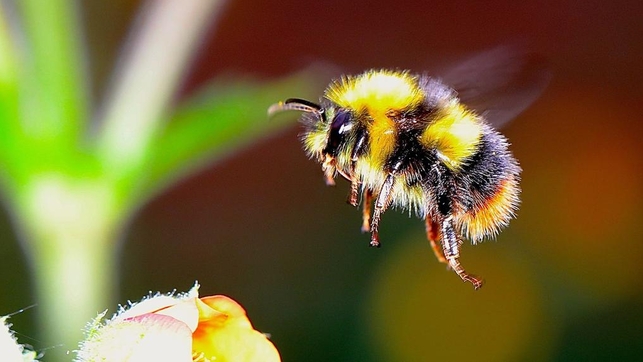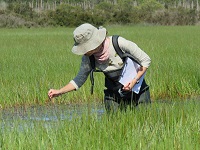Every year more than 1 million commercial bumblebee colonies are deployed in greenhouses worldwide for their pollination services. While commercial pollinators have been an enormous benefit for crop production, their use is emerging as an important threat. Commercial pollinators have been linked to pathogen spillover, and their introduction outside their native area has had devastating effects on native pollinators. A more pervasive but underappreciated threat is their potential impact on the genetic integrity of native pollinators. A sampling and genotyping?plus?phenotyping protocol was set up to evaluate the presence and extent of hybridization between commercial and native individuals of Bombus terrestris in south?western Spain, a region experiencing a huge propagule pressure of non?native genotypes due to the massive use of commercial colonies for crop pollination. Genomic data show clear evidence of generalized hybridization between native and introduced commercial bumblebee lineages in southern Spain. Only 19% of analysed individuals were assigned with high confidence to the pure native genetic cluster and >45% of sampled specimens were first?generation hybrids or backcrosses between native and commercial genotypes, indicating that genetic introgression is pervasive in southern Spain. Although the frequency of commercial genotypes sharply declined with the distance to greenhouses, non?native alleles have introgressed into native populations inhabiting protected natural parks >60 km away from commercial bumblebee release areas. As pollination services demand will increase in the coming years, only a more restrictive regulation of commercial lines could mitigate their negative impacts on the genetic integrity of native pollinators, avoid processes of genetic homogenization, and prevent the potential disruption of local adaptations. informacion[at]ebd.csic.es: Bartomeus et al (2020) Safeguarding the genetic integrity of native pollinators requires stronger regulations on commercial lines. Ecological Solutions and Evidences. Doi 10.1002/2688-8319.12012
https://besjournals.onlinelibrary.wiley.com/doi/10.1002/2688-8319.12012


 La Fundación Jaime González-Gordon ofrece cuatro becas para el desarrollo de Trabajos de Fin de Máster sobre Doñana
La Fundación Jaime González-Gordon ofrece cuatro becas para el desarrollo de Trabajos de Fin de Máster sobre Doñana
